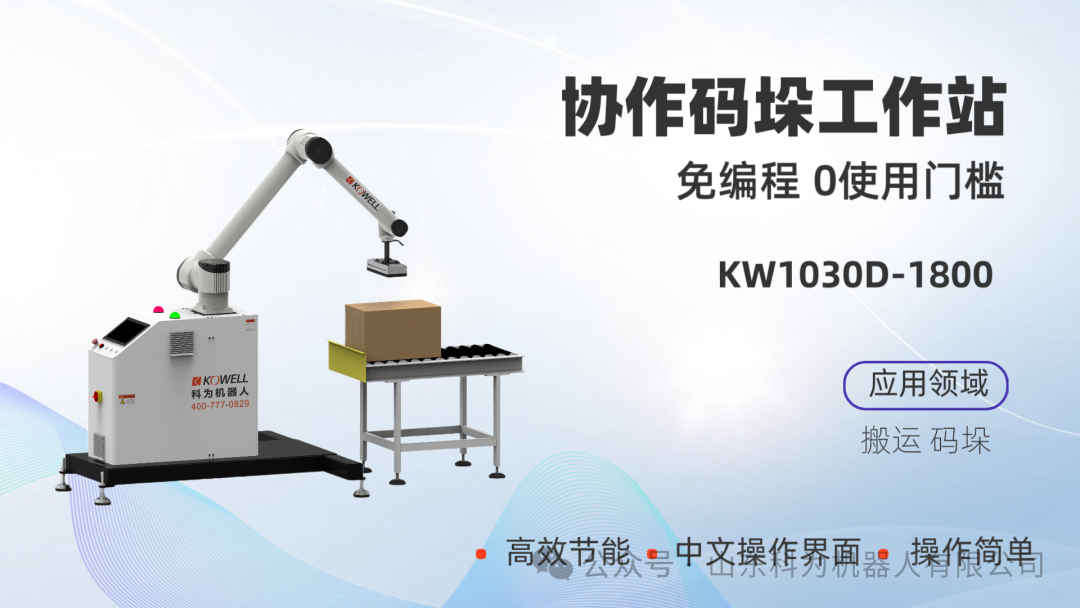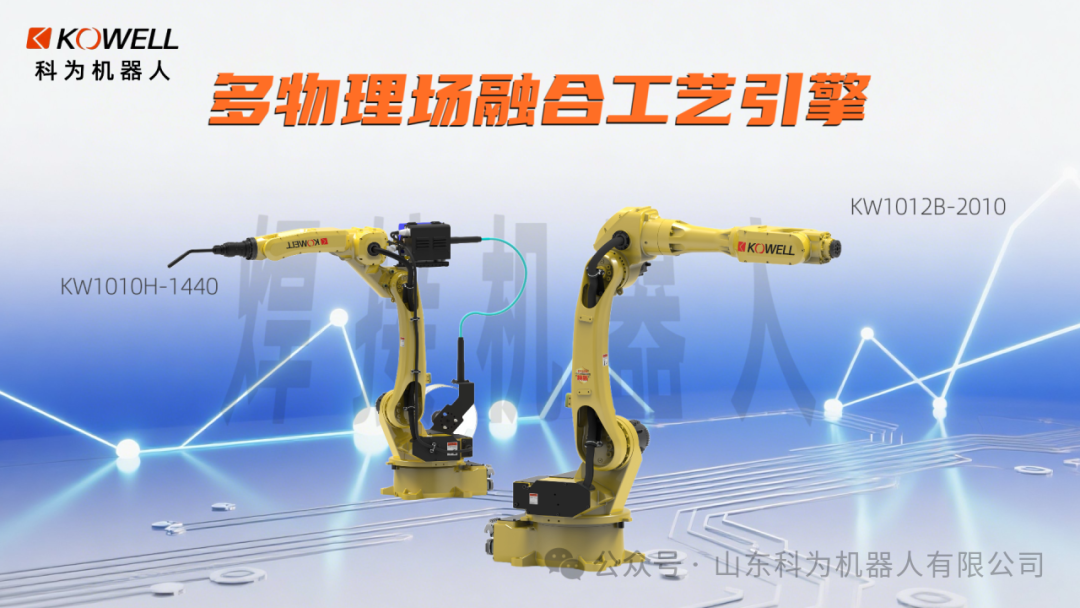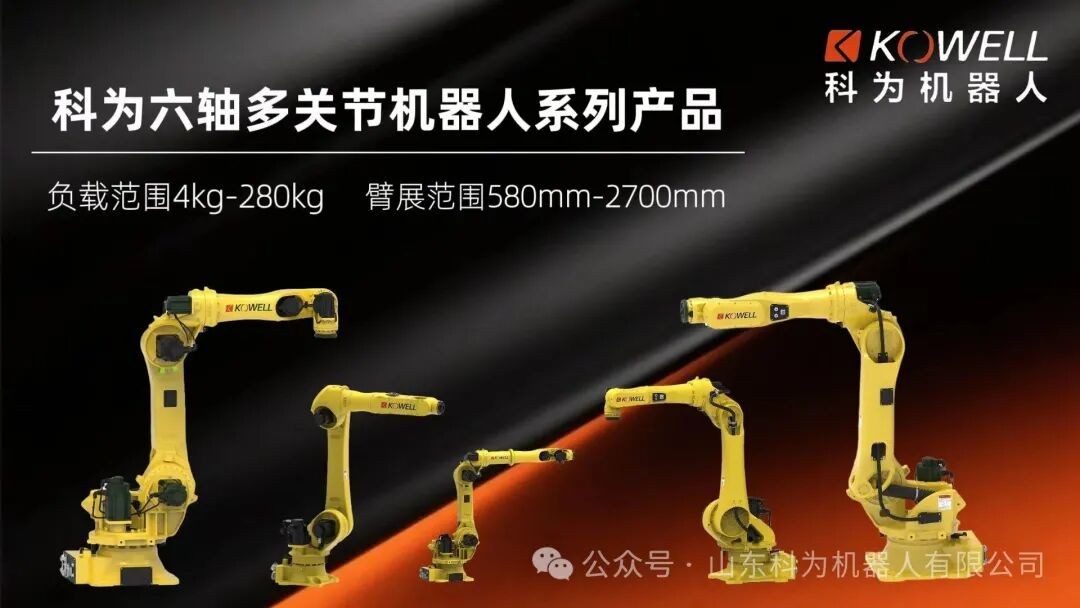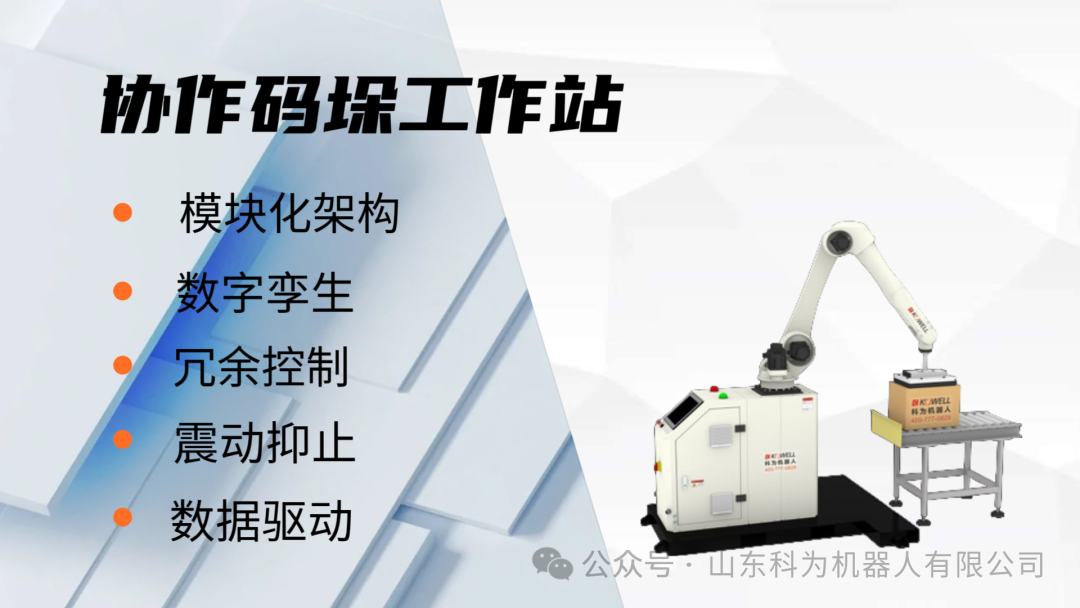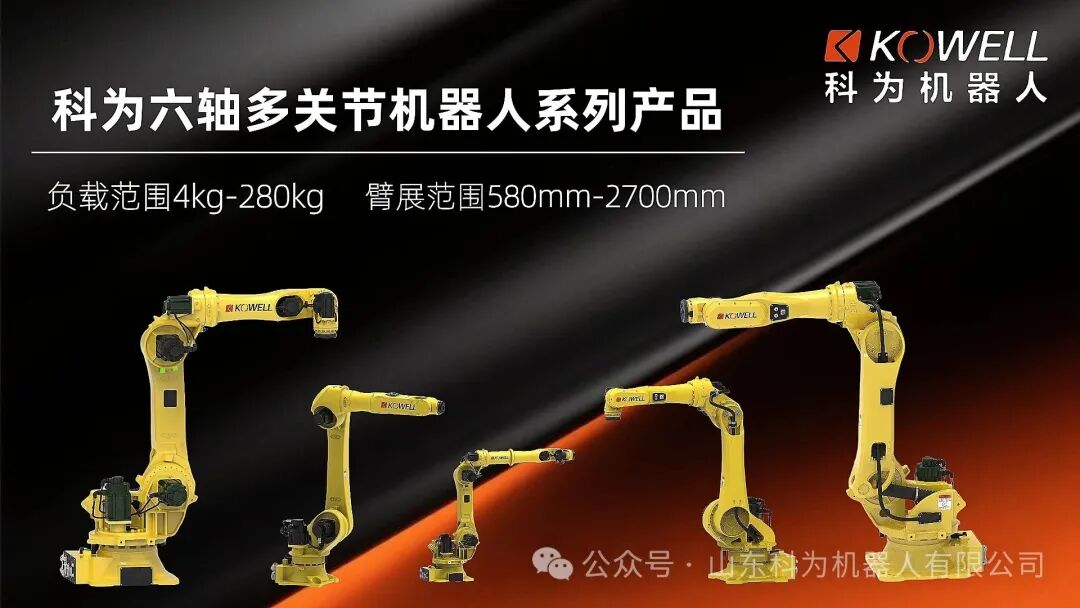In modern manufacturing systems, attention is often focused on production capacity, equipment performance, or product innovation, while overlooking a pervasive component often perceived as "supporting"—handling. However, with structural adjustments and iterations of execution methods, this underappreciated link has gradually become a crucial engine influencing the order and logic of production.
1. The Overlooked Handling Process
Traditionally, handling was merely a basic operation, completing material transfers and connecting processes. While it does not directly create product value, it nonetheless determines the smoothness of the entire production process. Previous manual handling methods, while flexible, suffered from significant efficiency fluctuations and high error rates, making them unsuitable for today's complex, high-volume, small-order production models. With the transformation of the manufacturing environment, the role of handling has gradually shifted from "backstage support" to a more prominent role, becoming the hidden key to a factory's stable operations.
2.The Deeper Significance of Structural Adjustment
Restructuring the handling process involves more than simply replacing tools or manpower. Rather, it involves redesigning process interfaces, optimizing node layouts, and introducing programmable execution units to reshape production logic. For example, the connection between different processes on a production line no longer relies on single handling actions. Instead, a systematic scheduling mechanism ensures consistent cadence and resource coordination. This means that the handling process has shifted from passive response to active regulation, from a single-point operation to the core of process control.
3. From Local Execution to Holistic Collaboration
In the past, the handling process often performed only point-to-point delivery tasks. However, with the evolution of manufacturing models, it has gradually assumed more complex functions:
Process Connector: Not only does it transport materials, but it also needs to flexibly switch routes based on the cadence of different processes.
Data Feedback Source: The extensive position, speed, and time information generated during the handling process can provide a basis for production decision-making.
Collaborative Scheduling: In an environment with multiple production lines and multiple product varieties, the handling process has become a critical hub for overall collaboration.
This shift signifies that the handling process is no longer simply about executing actions, but is now embedded in the operational logic of the production system.
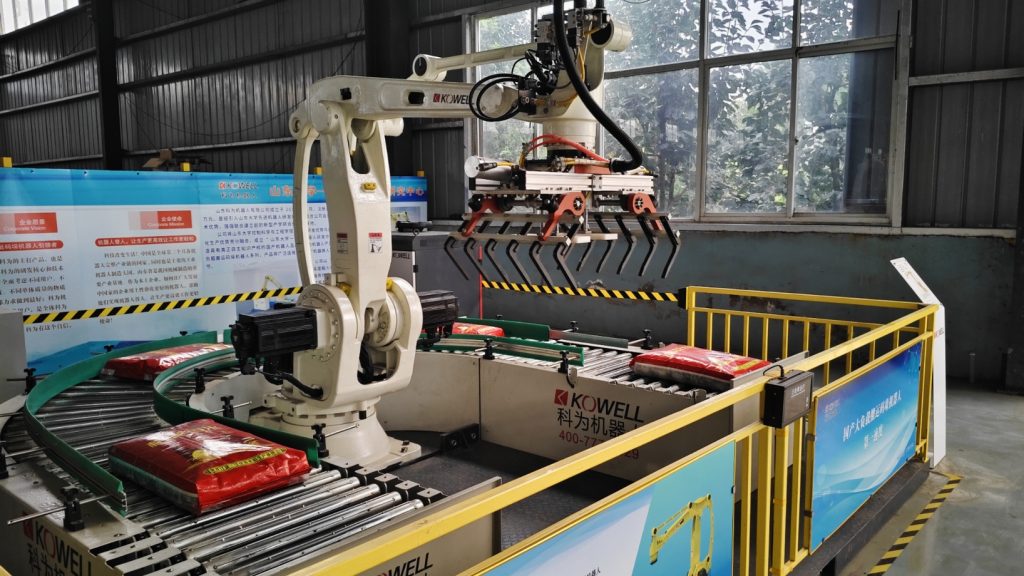
4. Reinventing Manufacturing Logic
In the past, the manufacturing industry emphasized the "production unit - handling - next process" logic, with handling being considered an intermediate transition. Today, with the upgrading of the handling process, the logic of manufacturing is undergoing four changes:
From linear to networked: Production no longer relies on fixed transport patterns. The handling process forms a networked structure through flexible scheduling.
From subsidiary to core: The handling process has been given the power to adjust the production rhythm, becoming the balancer of process operations.
From manual control to self-regulation: In the past, the pace of production was adjusted by workers' experience, but now the handling process can be autonomously scheduled through system control.
From cost center to value node: The handling process not only reduces labor consumption but also creates indirect benefits for the company through process optimization.
This logical reshaping is driving the entire manufacturing system from a "pursuit of efficiency" to a "pursuit of structural optimization."
5.Dual Impact on Factories and Workers
The structural adjustments in the handling process not only change the way factories operate but also affect the role of workers. For companies, it means a more stable production rhythm, lower losses, and greater flexibility. For workers, it frees them from repetitive physical labor and allows them to move on to more technically demanding tasks such as process monitoring, data analysis, and equipment debugging. In other words, the reshaping of the handling process isn't simply a replacement, but rather a joint transformation of the manufacturing system and labor structure.
6.Future Evolution
Looking ahead, the value of the handling process will be further highlighted:
Deep integration with scheduling systems: Closer integration with production planning and order scheduling, becoming an integral part of manufacturing resource management.
Cross-process collaboration: Beyond material transfer, it will also undertake additional functions such as quality testing and information collection.
This means that future manufacturing systems will likely center around the handling process, achieving a balance between flexibility, stability, and high productivity.
Conclusion
The handling process, once a neglected supporting role, is now increasingly becoming the hidden engine of the process. Its structural adjustments represent not only technological upgrades but also fundamental shifts in manufacturing logic. It is through this seemingly insignificant process that the manufacturing industry can achieve the leap from single-point breakthroughs to overall optimization. The factory of the future will no longer be a mere stack of equipment and processes, but will weave a more efficient, orderly, and coordinated production network centered around the handling process.

Kewei Wishes You a Merry Christmas!
2025-12-25
Online Consultation
Hello, the current customer service is offline. You can leave your contact information and the staff will respond to you as soon as possible!


